NAPA VALLEY, Calif. — Wildfires are changing wine. After nearly a decade of increasingly erratic fire seasons, it’s no longer only the flames. It’s the smoke — drifting farther, lingering longer — that now threatens Napa Valley’s vineyards, harvests and future.
In 2024, wildfires burned more than 1 million acres across California. Several came within miles of vineyards in Napa, Lake and Sonoma counties. Most estates were spared the flames, but the smoke traveled farther and lingered longer. Growers reported tainted berries, stalled harvests and entire vintages abandoned. Some described it not as a harvest lost to fire — but to the air itself.
Statewide, firefighting costs surged past $4.7 billion. In Napa County alone, smoke-related crop losses were estimated at $185 million — a staggering toll considering how few vines were directly scorched. The damage came instead from volatile phenols: smoke-derived compounds that ride the wind and absorb invisibly into grape skins, only to reemerge during fermentation or tasting.
The threat is not theoretical. The number of smoke-exposure days during harvest has risen sharply, especially in September and October — peak ripening months for red varietals such as cabernet sauvignon and merlot. Even a relatively quiet fire year can devastate the region if smoke arrives at the wrong time, from the wrong direction, with just enough density to permeate a vineyard.
“Even if you’re not changing your winemaking goals, adjusting ripening by a week or two can reduce your risk significantly.” - Steve Matthiasson
The trauma of 2020’s massive fire season — when industry-wide smoke losses topped $4.2 billion — sparked a wave of research and insurance reform. But 2024 reinforced a harder reality: This isn’t an anomaly. It’s the new pattern.
As Napa prepares for the 2025 vintage, a shift in thinking is underway. Smoke taint is no longer a fire-line issue — it’s about exposure, duration and timing. Yet as the threat evolves, the science meant to understand and mitigate it remains uncertain — caught in legislative gridlock.
Federal Funding Uncertainty
The science needed to confront smoke taint is complex, expensive and increasingly subject to shifting political priorities and funding cuts. As the 2025 growing season gets underway, the most ambitious federal proposal aimed at tackling the issue — the Smoke Exposure Research Act of 2025 — remains in limbo.
Reintroduced this year in the 119th Congress, the bipartisan bill is co-sponsored by Sens. Alex Padilla and and Reps. Mike Thompson and Doug LaMalfa. It would allocate $32.5 million annually over five years to support dedicated smoke-exposure research at land-grant universities, including UC Davis, Oregon State and Washington State. The legislation aims to replace stopgap appropriations with a stable foundation for long-term research and response.
Challenge your vocabulary with this week’s mystery word. Submit your answer in the poll, and check the bottom of the page for the correct answer.
“Research in this field takes time,” Alisa Jacobson told Wine Enthusiast. Jacobson is a winemaker and co-chair of the West Coast Smoke Exposure Task Force’s research committee. “Without guaranteed funding, the industry is forced to seek appropriations year after year, which causes delays and uncertainty. A five-year funding guarantee would provide the stability and confidence necessary for both researchers and growers.”
If enacted, the bill would help standardize testing protocols, expand the identification of volatile and bound phenolic compounds, and refine risk-modeling tools that are now central to setting insurance terms and harvest strategies. It would also support field-level mitigation trials and fermentation-stage controls.
Natalie Collins, president of the California Association of Winegrape Growers, emphasized the broader context.
“Wildfire smoke poses an increasing threat to the American wine industry,” Collins said in a press release. “Yet its impact on winegrapes is complex and influenced by multiple factors, including duration, intensity, grape variety and stage of development. Continued investment in research is essential to provide growers and wineries with the information and tools needed to make timely, science-based decisions — ensuring the long-term viability of the wine industry and its vital contributions to the economy.”
While the industry strongly supports the bill, its prospects remain uncertain amid federal budget constraints. Even if the legislation stalls, backers say it still serves a critical role — drawing attention to the need for public investment and helping to inform future appropriations. In the meantime, researchers continue to pursue fragmented funding, and growers prepare for another season with no guaranteed roadmap.
The West Coast Smoke Exposure Task Force will host a free virtual summit on July 15, bringing together researchers, insurers and growers to share the latest science, policy updates and mitigation strategies. Registration is available at WCSETF.org.
The Science of Smoke Taint
Understanding the complex chemistry of smoke taint — and how to detect, measure and possibly mitigate it — has become a cornerstone of Napa Valley’s effort to preserve wine quality in the face of increasingly smoky skies. While wildfires might spare vines from flames, drifting smoke can silently compromise fruit, altering aroma, flavor and longevity. Detecting that impact quickly and accurately is now a critical link connecting growers, labs, winemakers and insurers.
That’s where ETS Laboratories, based in St. Helena, plays a pivotal role. As the leading independent analytical lab in the region, ETS offers one of the most advanced smoke-analysis platforms available, anywhere.
Among the services offered:
Rapid 48-hour panels for free guaiacol and 4-methylguaiacol, with extended options including cresols, phenol and syringols
Full glycoside screening using ultra-high-performance liquid chromatography with mass spectrometry (UHPLC-MS)
Vineyard baseline testing to establish pre-exposure thresholds
An online comparative tool, allowing results from individual grape samples to be matched against a database of more than 1,100 smoke-free grape samples — many collected in collaboration with the Napa Valley Grapegrowers
“We measure smoke markers in order to put a quantitation on the extent of smoke exposure,” said ETS founder Gordon Burns in an industry report. “We are not commenting on the extent of sensory impact. We can simply measure the potential risk of impact — and we can inform winemakers about that risk.”
A 2022 study led by UC Santa Cruz chemistry professor Phil Crews brought that issue into sharper focus. His team analyzed more than 200 grape and wine samples from 21 growing regions in California and Oregon, concentrating on phenolic diglycosides — odorless compounds that bind to sugars inside grapes and remain chemically dormant through bottling.
As Crews explained in a UC Santa Cruz news release:
“We found that the phenolic diglycosides are stable in cabernet sauvignon during bottle aging,” he wrote. “But then during tasting, the monomers that smell bad get released in the mouth.”
Published in the Journal of Natural Products, the study reframed how wineries interpret “clean” lab reports. A wine might test below threshold in the lab and still trigger smoke-related flaws on the palate — especially for sensitive tasters. In this context, the challenge isn’t just detection. It’s interpretation.
One of the most promising in-field solutions is the use of barrier sprays — specialized coatings applied to grape clusters before or during smoke events. These sprays, which include kaolin clay, cellulose nanofiber, chitosan and proprietary formulations such as GM-3E, are designed to physically block or reduce the absorption of smoke-derived volatile phenols into grape skins. Recent field trials in California and Australia have shown that some of these sprays can reduce smoke marker uptake by 30–60%, though effectiveness can vary by grape variety, timing and weather conditions. Research is ongoing to determine the best formulations and application strategies and to ensure that these treatments do not negatively impact wine quality.
Grower and winemaker Steve Matthiasson is watching the research closely.
“There’s promise there,” he said. “But I don’t know where they are in terms of practical application of these sprays. It’s probably a long road from field trial to scale.”
Research teams at Oregon State and UC Davis are among those exploring barrier sprays in both vineyards and wineries. Initial trials have shown reductions in surface-bound phenols, but questions remain about cost, throughput and regulatory approval.
But for many growers — especially those on small or mid-sized properties — such tools remain either experimental or cost-prohibitive. And without increased lab capacity or more flexible insurance mechanisms, even the best-prepared growers might find themselves exposed — not just to smoke, but to financial risk they can’t afford to carry alone.
For now, ETS and a handful of advanced labs provide the analytical backbone of Napa Valley’s smoke response — delivering hard data to guide million-dollar decisions, even as the science continues to evolve.
Insurance Bottlenecks and Harvest Risks
Even as scientific understanding of smoke taint deepens, Napa Valley growers face a more immediate challenge: navigating an insurance system increasingly out of step with the pace of harvest and the complexity of smoke exposure.
For some, crop insurance offers a safety net. These policies cover losses from frost, hail, fire, smoke and other named perils — but the coverage comes at a cost, and payouts rarely make up for the full value of a lost vintage. That’s why many growers opt out.
There is no silver bullet. Smoke taint is no longer a rare anomaly.
Jim Verhey, who farms white grapes on the valley floor, is one of them.
“Well, first, I’m in the middle of the valley, and so fire isn’t a big risk,” he said. “And second, I grow white grapes, and they’re picked early — often before the worst smoke events hit. But for growers on the edges or slopes, with later-ripening varieties, most of them need insurance. It’s too risky otherwise.”
Steve Matthiasson takes the opposite approach — and for good reason. While he harvests his own grapes early, a portion of his vineyard’s grapes are sold to other wineries that pick later, pushing into the most active part of fire season. His vines grow on the western benchlands of Napa Valley, where the risk profile differs from valley-floor sites like Verhey’s. With red varietals ripening late and fewer neighboring vineyards acting as buffers, Matthiasson carries crop insurance to hedge against the heightened risk.
“Decades ago we used to worry about frost,” Matthiasson said. “Now it’s smoke. It’s farming. There is always some risk, but it’s good to be prepared.”
New federal guidelines have added urgency. To qualify for a smoke-taint claim, growers must submit grape samples — or at least get them into a lab queue — before their crop-loss claim will be considered. That requirement has placed enormous strain on a limited number of certified labs. During the 2020 fire season, as smoke lingered across key ripening zones for nearly three weeks, turnaround times at labs like ETS were six weeks or more. Growers were left with an impossible choice: harvest without data, or leave grapes hanging and risk further exposure.
For Matthiasson, timing has become a defensive strategy. His long-standing preference for leaner wine styles — higher acid, lower alcohol — has offered a surprising advantage in the smoke era.
“Back when we started, our style wasn’t as popular,” he said. “But if you look at the wines that won the Paris tasting in 1976, many were around 12% alcohol. Today, Napa’s typical wines are in the 14 to 15% range.”
That difference matters. Higher alcohol means more ripeness — and longer hang time, often into the most volatile stretch of fire season.
“We can pick up to six weeks earlier than many other wineries working with the same varietals,” Matthiasson said. “Even if you’re not changing your winemaking goals, adjusting ripening by a week or two can reduce your risk significantly.”
That margin is critical. In recent years, many of California’s most destructive wildfires have ignited between late August and mid-October — precisely when most red varietals hit peak ripeness.
2025 Weather and Health Concerns
The 2025 wildfire outlook has already raised alarms across Northern California, with forecasts predicting above-normal fire activity well into the fall, driven by a hot, dry summer and abundant, fast-drying vegetation from ample spring rains. Diablo winds — known for accelerating fire spread — are expected to intensify the risk, particularly in Napa and surrounding counties.
For winegrowers, the timing could not be worse. UC Davis researchers warn that late-season fires are increasingly overlapping with véraison and harvest, exposing ripening fruit to prolonged smoke. Cabernet sauvignon and other late-maturing varietals are especially vulnerable, as their peak development now coincides with the most active phase of fire season.
But the risks aren’t limited to the vines.
Farmworkers across Napa and the broader region face growing health threats as wildfire smoke becomes more frequent and persistent. Even short-term exposure has been linked to elevated rates of asthma, heart complications, fatigue and respiratory illness. Despite California laws requiring employers to provide N95 masks when air quality deteriorates, enforcement has been uneven. Multiple reports and studies show many workers do not receive adequate protection during hazardous conditions.
Advocates are calling for stronger oversight and tighter regulation. In recent years, lawsuits and policy proposals have highlighted the gap between on-paper protections and real-world practices — especially for seasonal and undocumented laborers, who might hesitate to speak up despite repeated exposure to dangerous conditions.
As wildfires become a near-annual occurrence, the health of the labor force behind Napa’s wine economy is emerging as an urgent — and unresolved — part of the smoke-taint equation.
Evolving Tools, Persistent Uncertainty
Innovation is underway — but so are the limitations. Across Napa Valley, growers and winemakers are testing new approaches in hopes of mitigating the risk of smoke taint. Some have adjusted their harvest timing. Others are exploring technological interventions in the vineyard and winery. Each step forward, however, comes with caveats.
In the winery, one of the more widely adopted techniques is flash détente, a process that rapidly heats grapes to extract color and volatilize unwanted compounds, including some linked to smoke taint. While it can reduce certain free phenols, it also risks degrading delicate aromatics and has little effect on bound glycosides, the odorless compounds that can release smoke-like flavors later in the bottle or even in the drinker’s mouth.
In the lab, researchers are experimenting with enzyme-inhibiting yeast strains designed to block the breakdown of phenolic glycosides during fermentation. The hope is to intercept the compounds before they transform into ashy aromas or flavors. But results remain mixed. Even if a wine tests “clean” in the cellar, glycosidase enzymes in human saliva can reactivate hidden taint compounds during tasting — exposing a disconnect between lab results and real-world perception.
In the vineyard, tools remain scarce. Barrier sprays and canopy thinning can reduce contact points for airborne smoke particles, but both require precise timing and are difficult to deploy during fast-moving fire events.
Garrett Buckland, viticulturist and co-owner of Premiere Viticultural Services with Steve Matthiasson, sees the most promising solutions emerging not from any single tool, but from a system-wide rethink.
“We have some barrier products that are showing major promise to apply directly in the field,” Buckland said. “Also, the biggest lever is a whole-vineyard approach — from design to production — to accelerate ripening. Every week past Labor Day gains exponential levels of fire risk, and deliberately farming for earlier maturity (or lack of negative characteristics) allows for us to pick when a conflagration starts, or when weather presents, rather than waiting for maturity. The probability numbers on fires as we go through the season is wild, and avoiding it altogether is the best proven strategy.”
The expanding toolkit and new approaches to farming reflects progress. But it also underscores a broader truth: There is no silver bullet.
Smoke taint is no longer a rare anomaly. It’s a recurring variable in a warming, fire-prone climate. Managing it demands faster diagnostics, more adaptive viticulture and sustained public research. Without those pillars in place — especially as 2025 brings heightened fire forecasts and renewed concern for farmworker safety — growers are left making high-stakes decisions with imperfect information and with the uneasy awareness that the next fire may come before the science catches up or protections arrive.
Tim Carl is a Napa Valley-based photojournalist.
—
Wine Discovery:
2021 Matthiasson Napa Valley White Wine – $44
This bottling is Matthiasson’s vision of an “ideal” white wine — a blend that channels Friuli, the Loire, Burgundy, Graves, Alsace and old-school Napa and Sonoma.
The 2021 vintage combines 46% semillon, 29% ribolla gialla, 23% sauvignon blanc and 2% tocai friulano, sourced from two cool-climate vineyards in southern Napa. The semillon brings roundness and waxy texture, the sauvignon blanc delivers citrus-driven acidity and a thread of tropical freshness, while the ribolla gialla contributes seashell minerality and grip. The small amount of tocai friulano lifts the aromatics with a faint herbal spice.
The wine is structured but bright, with acidity that cuts through the layered weight of the lees. On the palate, it shows kaffir lime, white peach, ripe fig, lychee and beeswax, along with hints of pineapple, flint, oyster shell and freshly baled straw. It was whole-cluster pressed, aged 10 months in neutral and lightly new oak barrels, then bottled without malolactic fermentation to preserve its freshness. At just 12% alcohol, it remains light on its feet but capable of aging. Perfect with grilled halibut, Dungeness crab, herbed roast chicken or a wedge of aged Manchego.
At $40, this white remains one of Napa Valley’s most distinctive values — thoughtful, restrained and built for both contemplation and the table. – Tim Carl
Today’s Polls:
This Week's Word Challenge Reveal:
The correct answer is B: "Both water-loving and fearing." "Amphipathic" refers to molecules that have both hydrophilic (water-attracting) and hydrophobic (water-repelling) parts. This unique structure allows them to interact with a wide range of substances, making them crucial in biological systems like cell membranes. In winemaking, amphipathic compounds play subtle but important roles — from how additives interact during clarification to how flavors are stabilized in the bottle. Exploring scientific terms like this helps us see the intersection of chemistry and craftsmanship in the wine world. We hope you enjoyed this week’s challenge and look forward to next week’s word.
Explore These Related Articles:
Browse All Napa Valley Features Stories
—
The views, opinions and data presented in this article are those of the author and do not necessarily reflect the official policy, position or perspective of Napa Valley Features or its editorial team. Any content provided by our authors is their own and is not intended to malign any group, organization, company or individual.





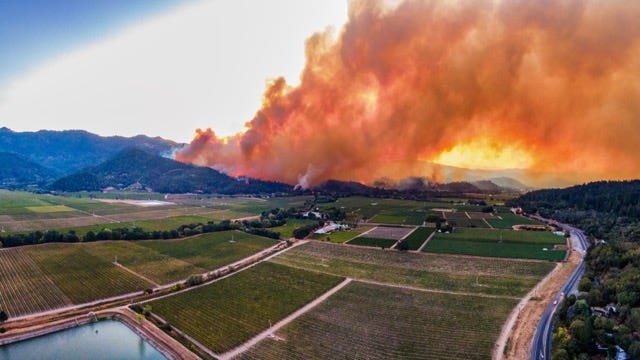
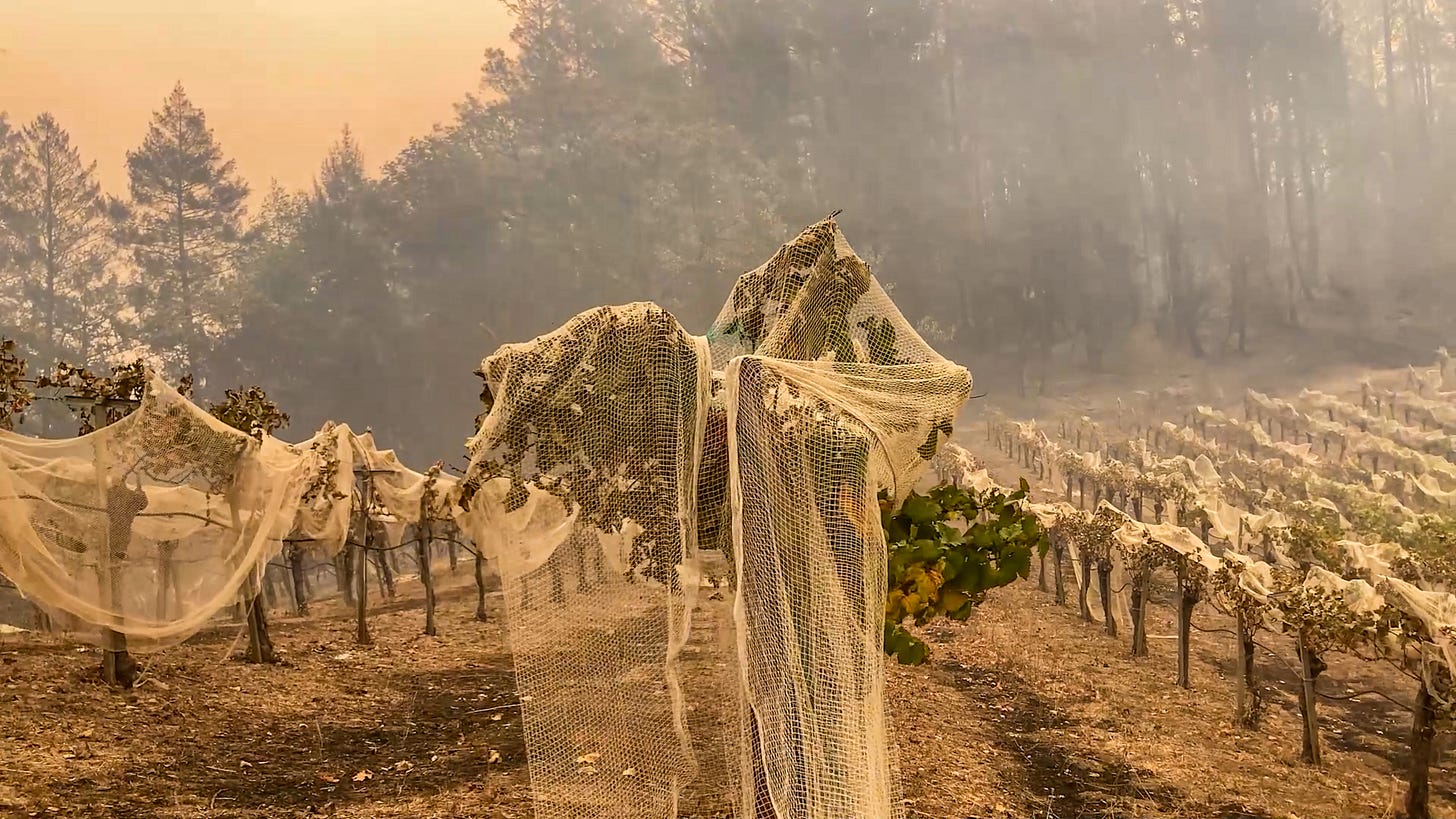
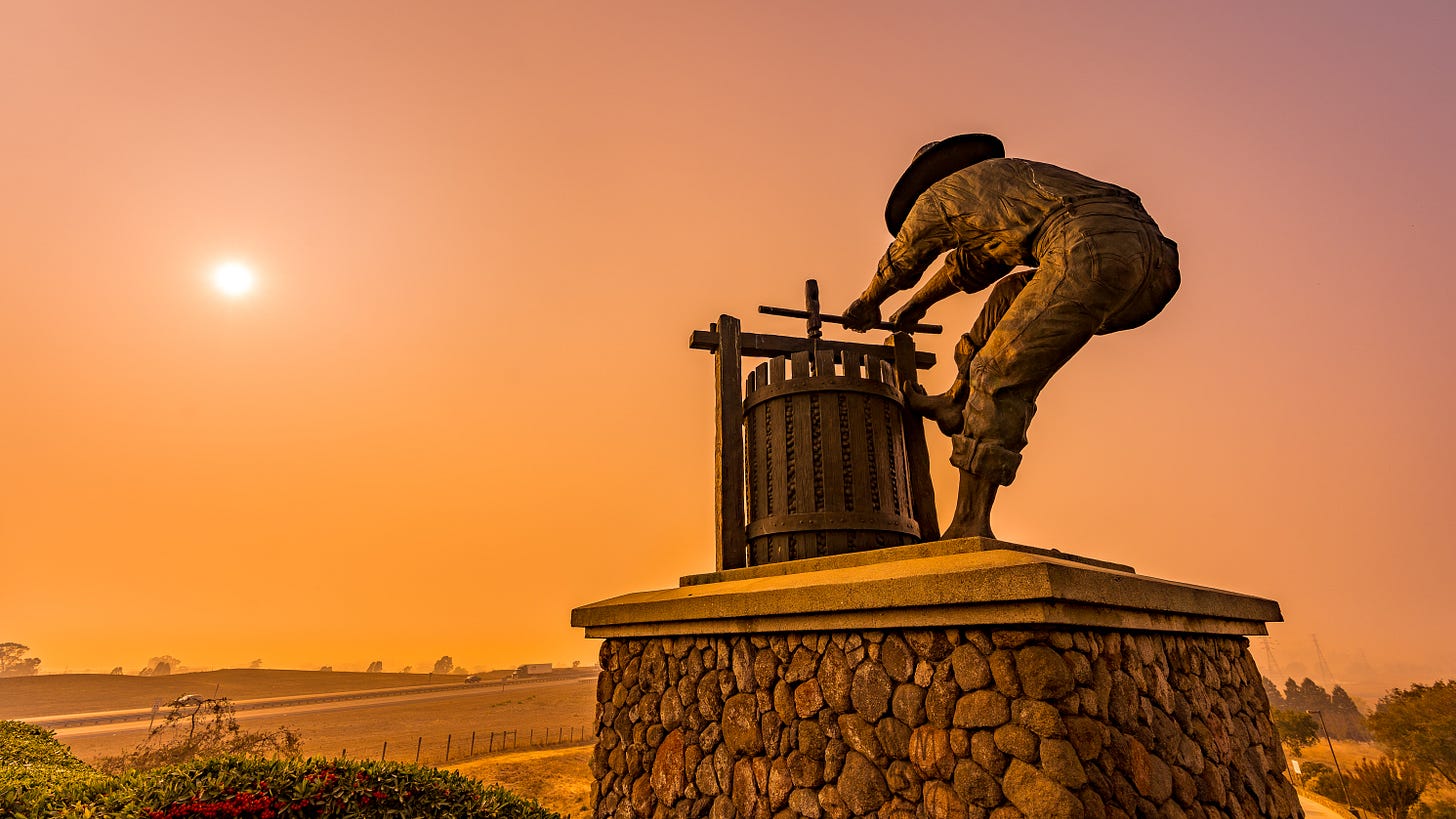
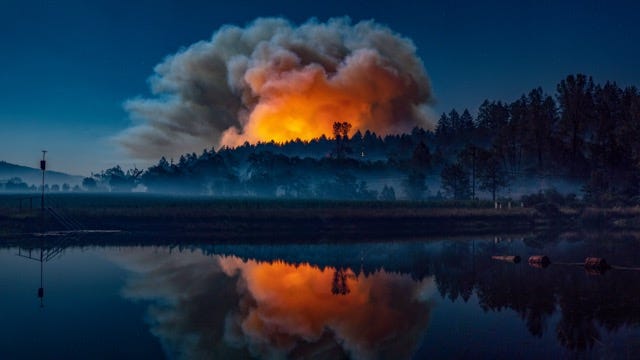
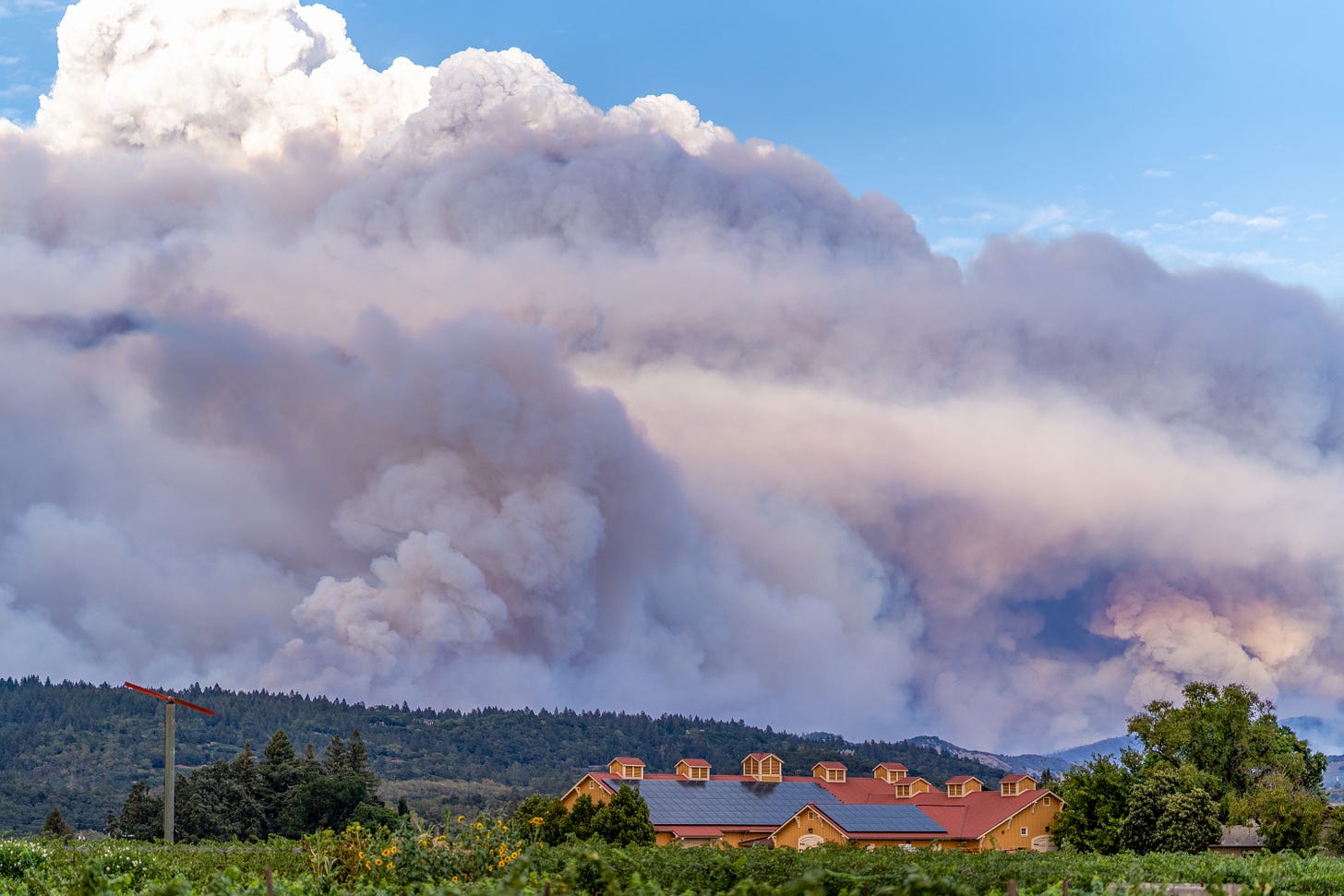
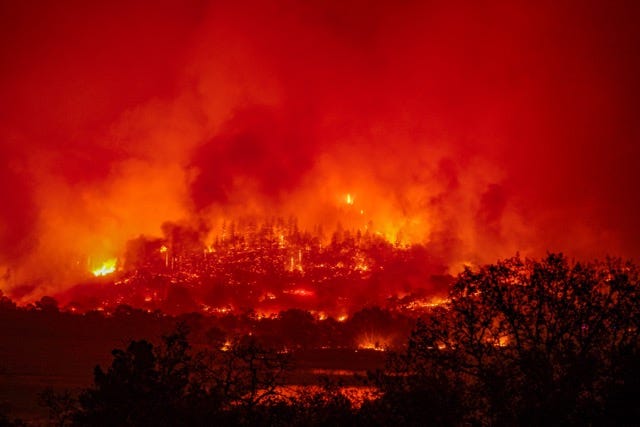
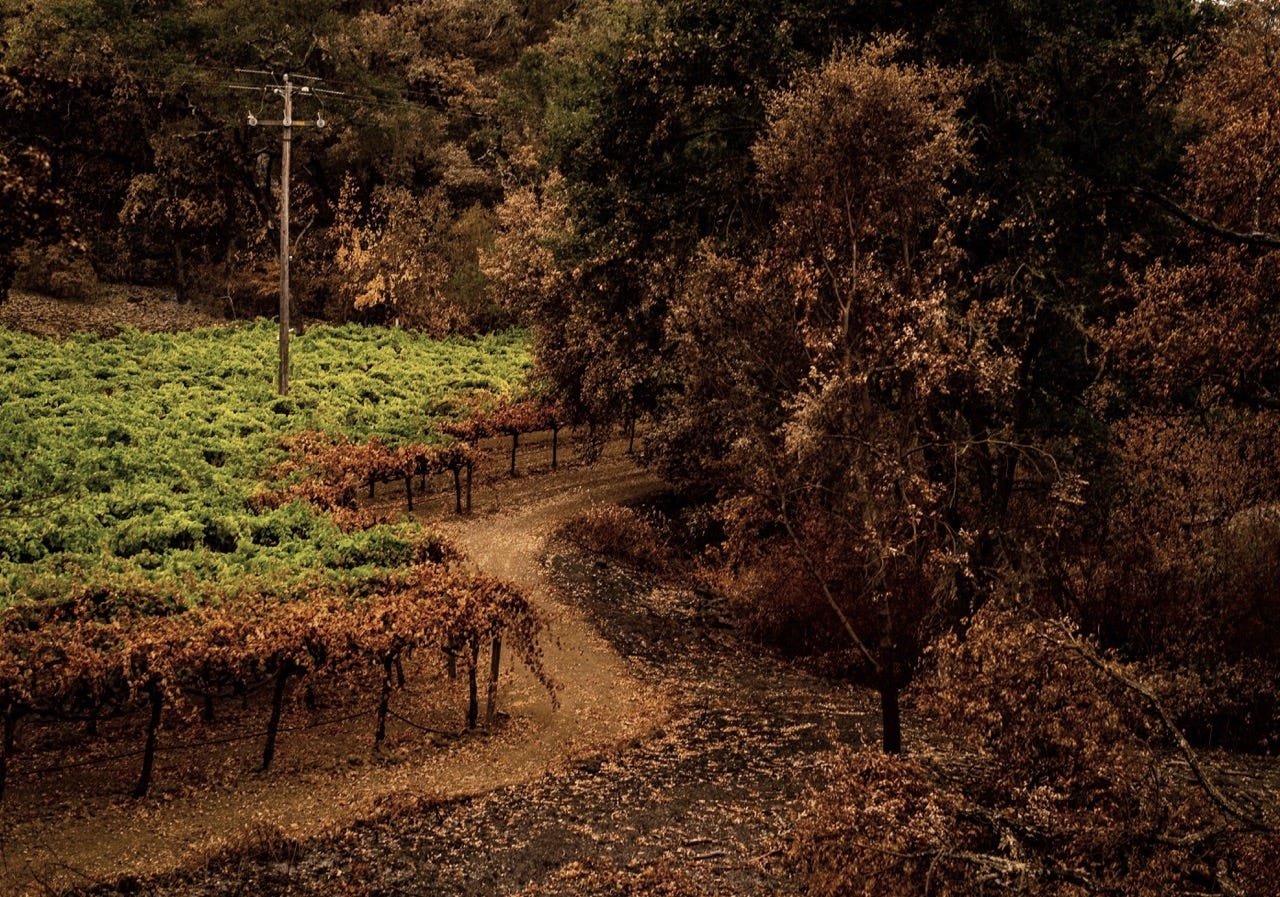
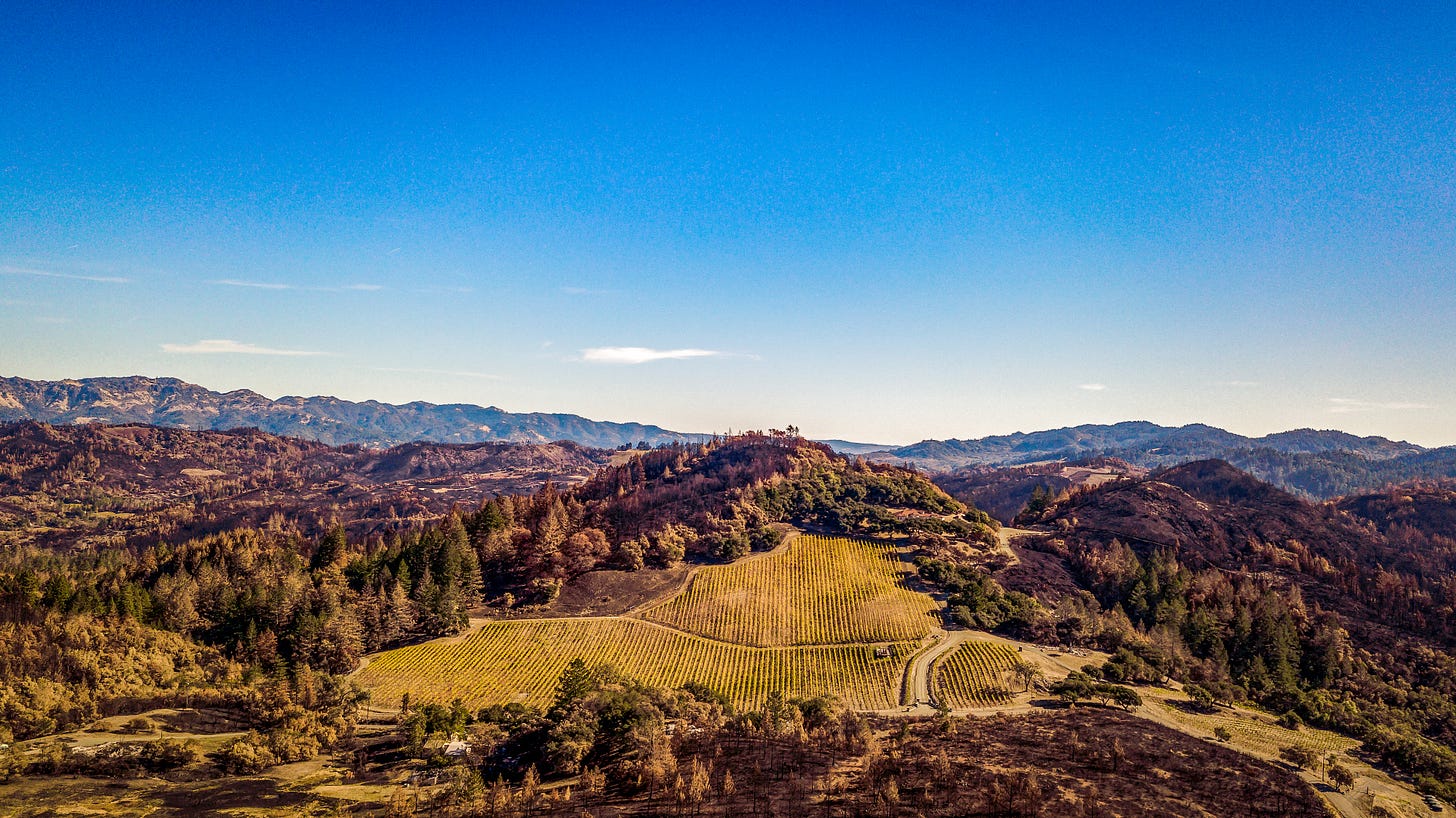

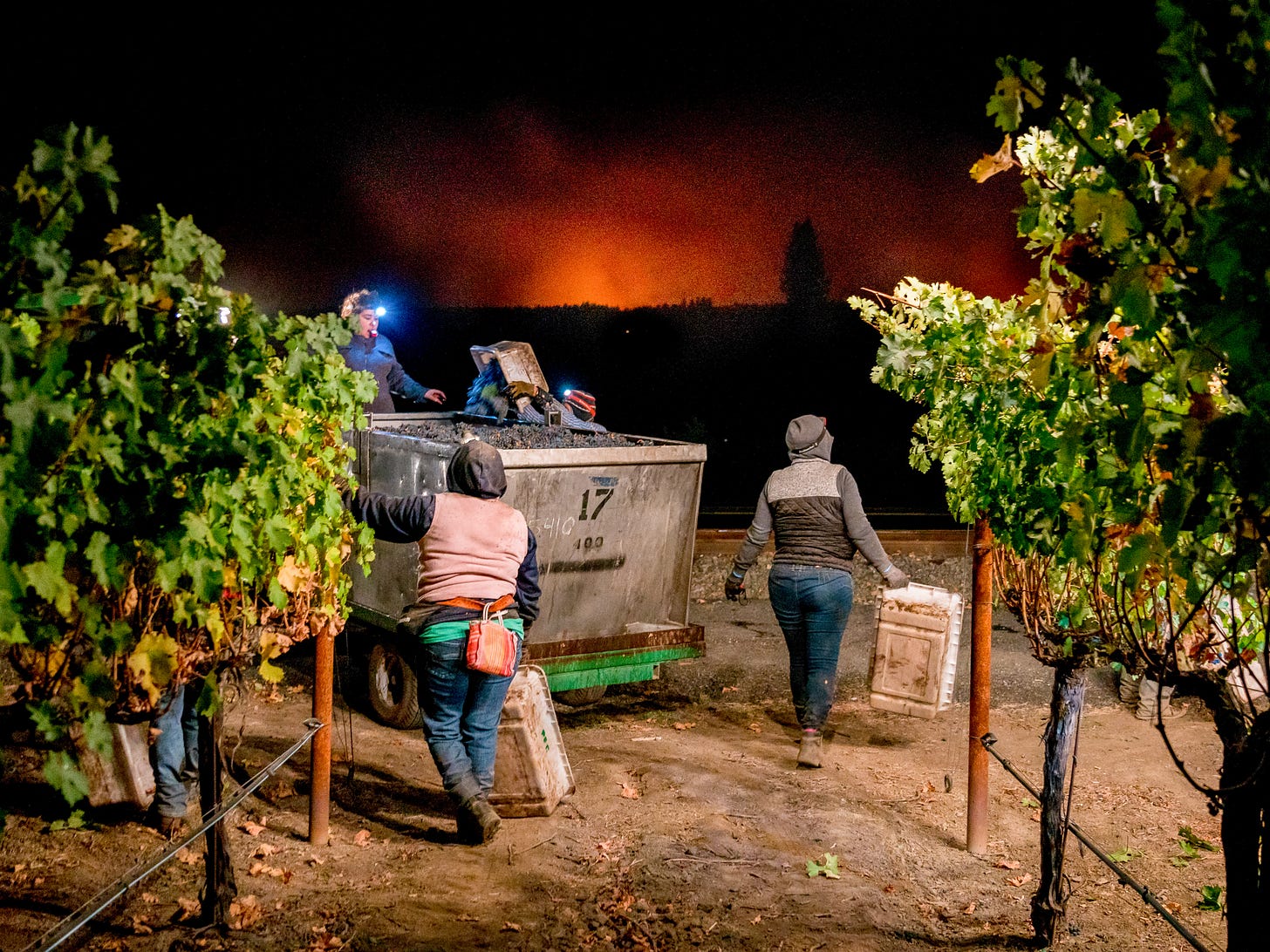

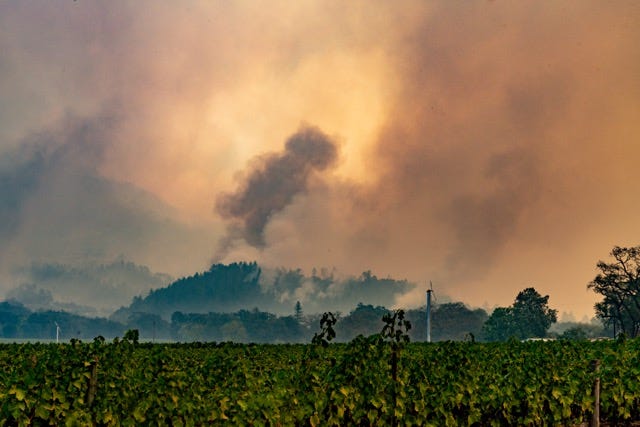

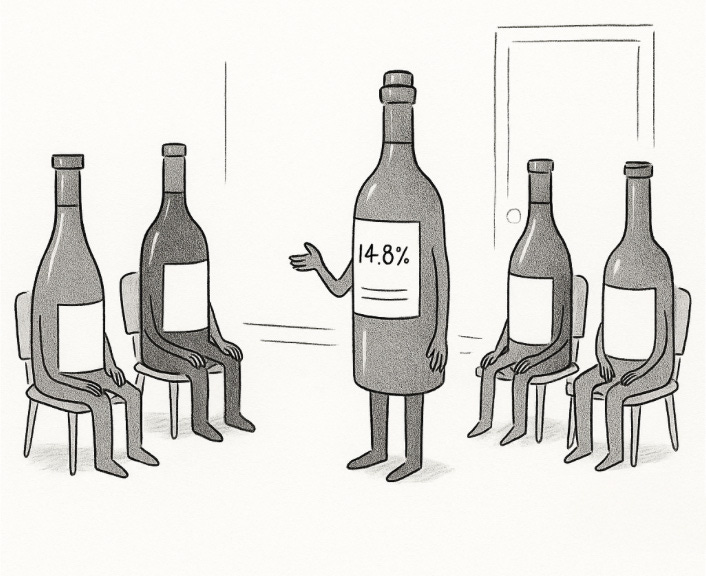
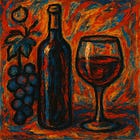



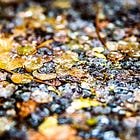
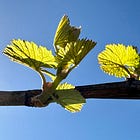



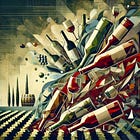
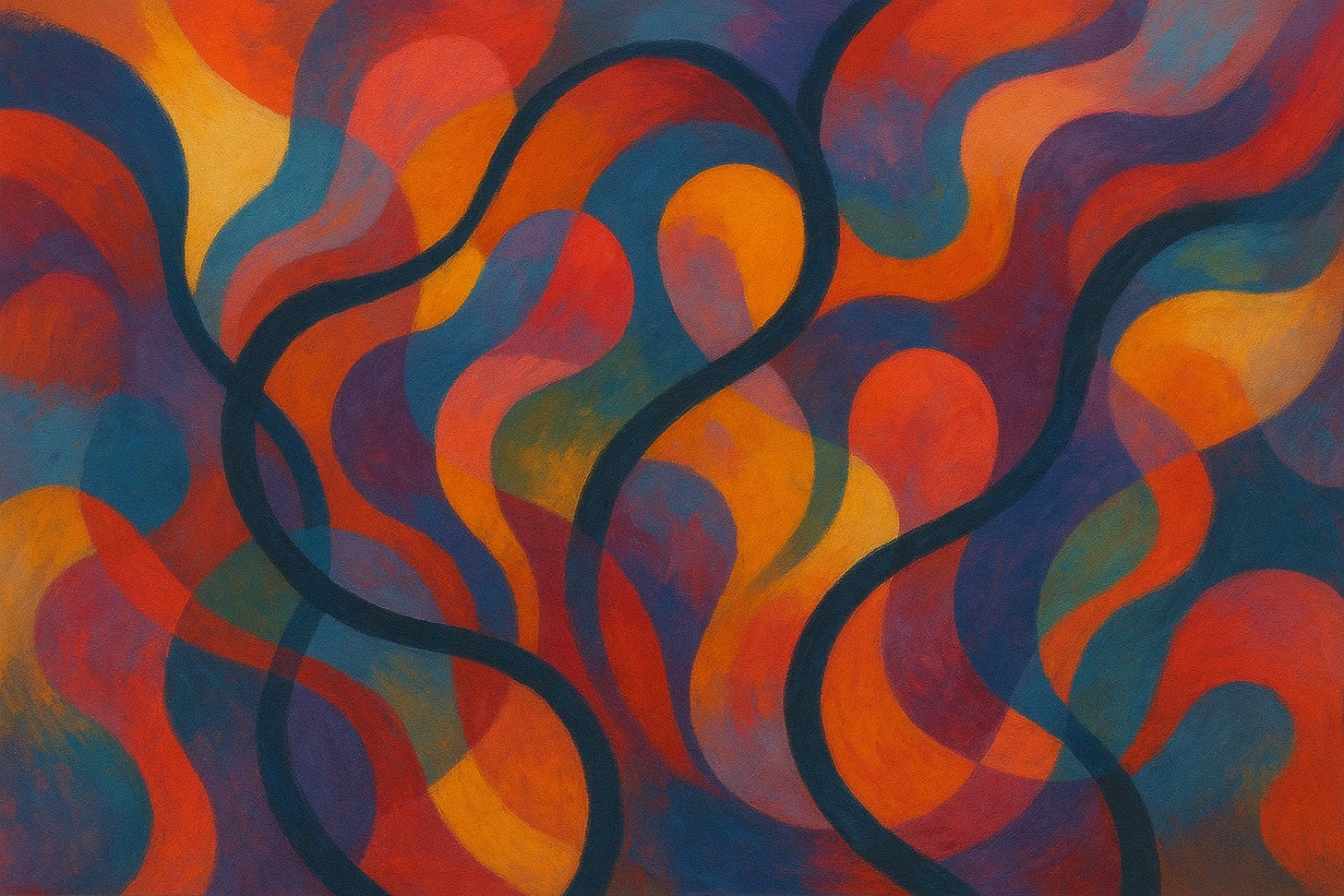
Fantastic deep dive on a very important issue facing the wine industry
Excellent report..visually as well as written. We all should have access to this video, regardless of timing, to remind us of the devastation that comes with fires here in the the valley…To be prepared. Thank you, Tim.